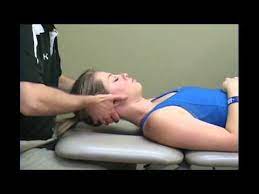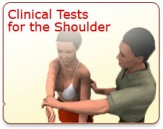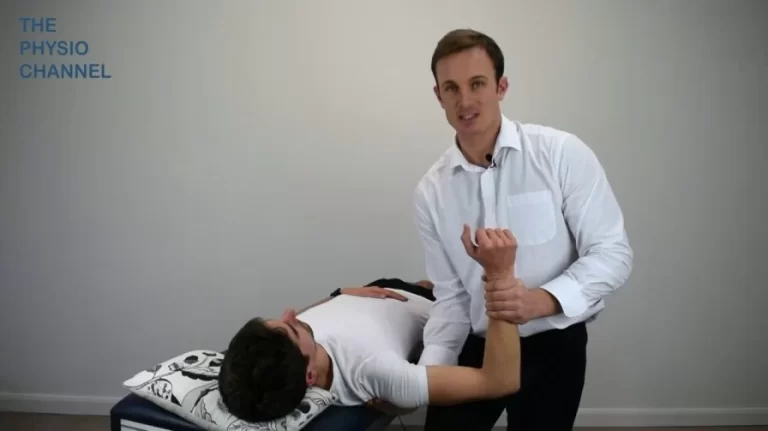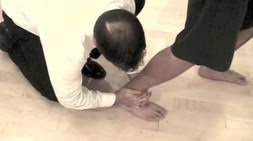Posterior drawer test of the shoulder :
What is to the posterior drawer test of to the shoulder?
- Posterior Drawer Test of the shoulder is mostly used of to the assess of to the posterior shoulder joint instability .
- However It is also be used on the aching shoulders where to the apprehension test is the difficult to the interpret & it is allowed to the examiner of to the proper diagnose of to the posterior subluxations even to the patients who have to the negative of the apprehension test.
- The test is Designed to detect & grade of the laxity or insufficiency of the posterior capsular mechanism.
Purpose of the test :
- Special test is used for to the examine & check of to the posterior shoulder instability.
- The test is use for to the aching shoulders into the patient where the apprehension test is perform & interpret to the difficult .
- It is allow to the reliably diagnose for to the posterior sub-luxation even of into the patients who have to the negative apprehension test.
How do you perform of the test ?
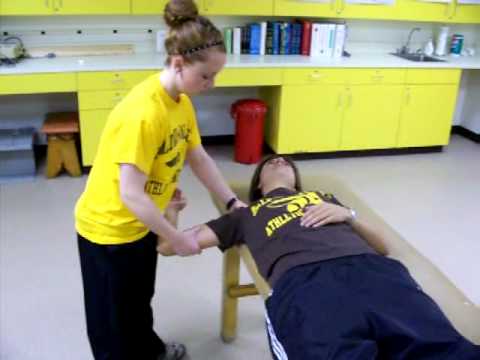
- Patient position for to the supine .
- Then the examiner stands at the level of to the shoulder & grasp to the patient’s proximal forearm with one hand , flexing the patient ‘s elbow to 120 ‘ & the shoulder to between 80 ‘ & 120 of abduction ; 20-30 of foreword flexion .
- With the other hand , the examination stabilizes the scapula by placing the index & middle fingers on the scapula & the thumb on to the coracoid process .
- The examiner then rotates the upper arm medially & forward flexes the shoulder to between 60 ‘ & 80 ‘ while taking the thumb of the other hand off the corocoid process & pushing the head of to the humerus posteriory .
- The head of the humerus is flex by to the index finger of the same hand .
- This test is usually pain – free , but the patient is exhibit apprehension .
Result of this test :
- A positive test indicate posterior instability & demonstrates significant posterior translation .
- This test is Norwood test without the horizontal adduction .


